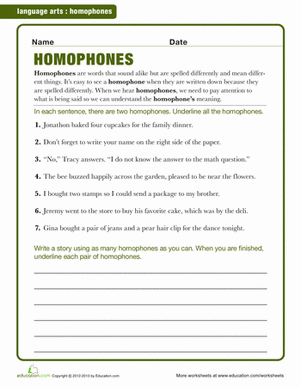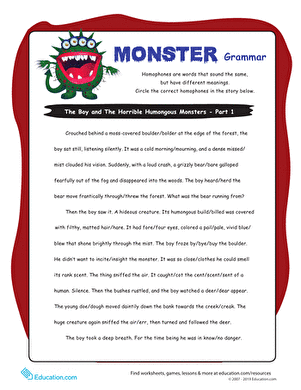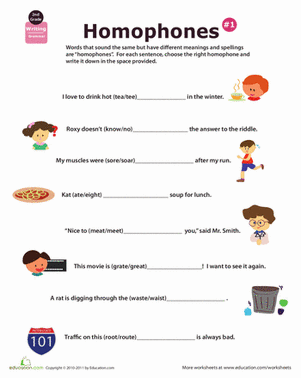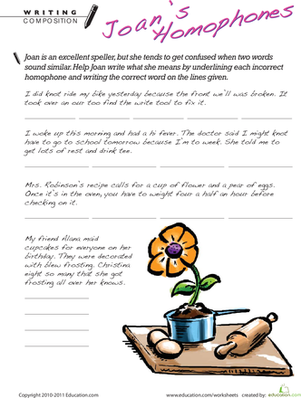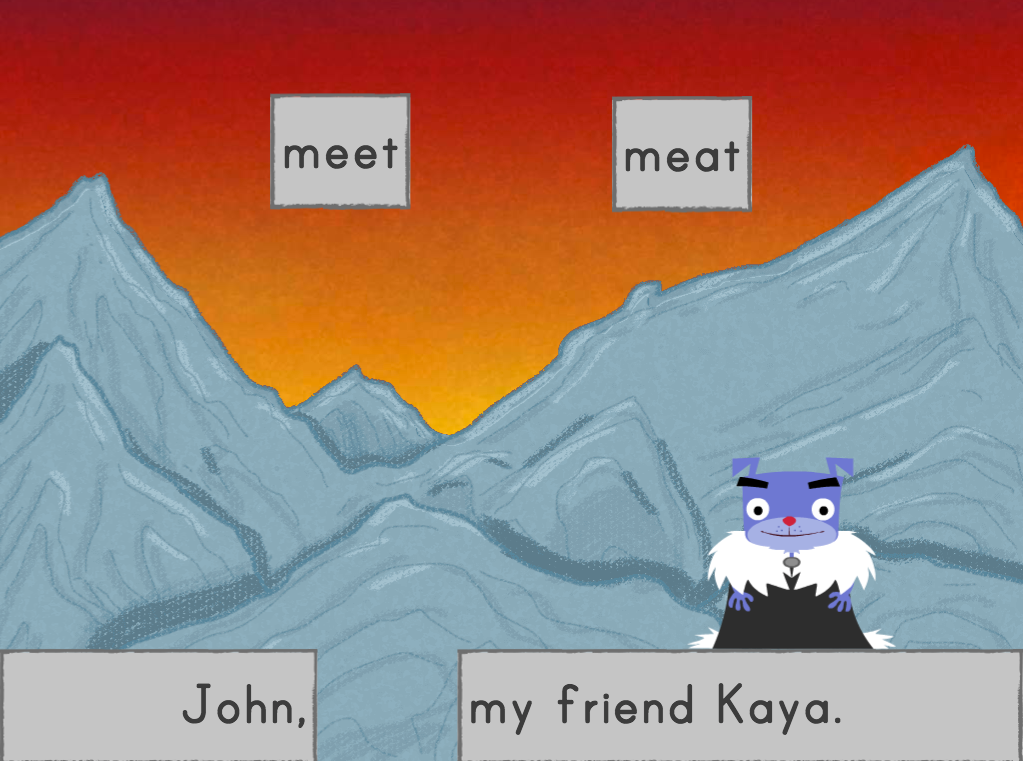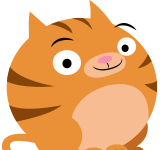Activity
Homophone Adventures
By the middle of first grade, your child will probably have encountered their first few homophones…those words that sound the same but are spelled differently and mean different things, too.
There will be many years ahead for your child to develop this knowledge, but now’s a great time to start exploring some basics. In particular, it’s important for your budding reader to be able to tell the difference between to, two, and too, as well as here and hear, and there and their. Your child may have problems spelling these words for the next year or two, but they can still learn to distinguish between them in a written text!
Kids often learn homophones through flashcards, but here’s a more organic approach—using real storybooks—that should prove to be much more fun. Try it and see!
What You Need:
- A favorite storybook that you have read to your child at least once before
- Small sticky notes (you may need to cut some to size)
- 3 index cards
What You Do:
- Take out a book that you have read to your child before, one that you know they enjoy. Go through the book and find every to, two, and too. Cover each one with a small sticky note. Tell them you’ll read it to them—but first, you'll play a game together.
- Take out the index cards and write one of each version of to on each one. Review with your child: what’s the difference between these three? What does each one mean?
- Now tell your child that you want them to read the book along with you and play a little game with words called homophones. Snuggle up with your child and start reading together. Each time you get to a sticky note covering a to, have your child hold up the index card with the word that they think belongs in that spot. Make sure they're prepared to explain why they think their guess is correct! Then let them lift off the sticky note and see if they're right. Try playing for a score to make it even more exciting!
Did You Know?
The most important thing about homophones is how they can change the context of a whole story. Sure, your child can study their spelling with worksheets, but understanding these words within context is the most valuable part of learning their meaning. Not to mention, it's what will be most useful for your young reader out in the "real world." For a budding reader, there’s nothing like the thrill of looking at a real text and figuring out that they really can read and understand it after all!
Related learning resources
